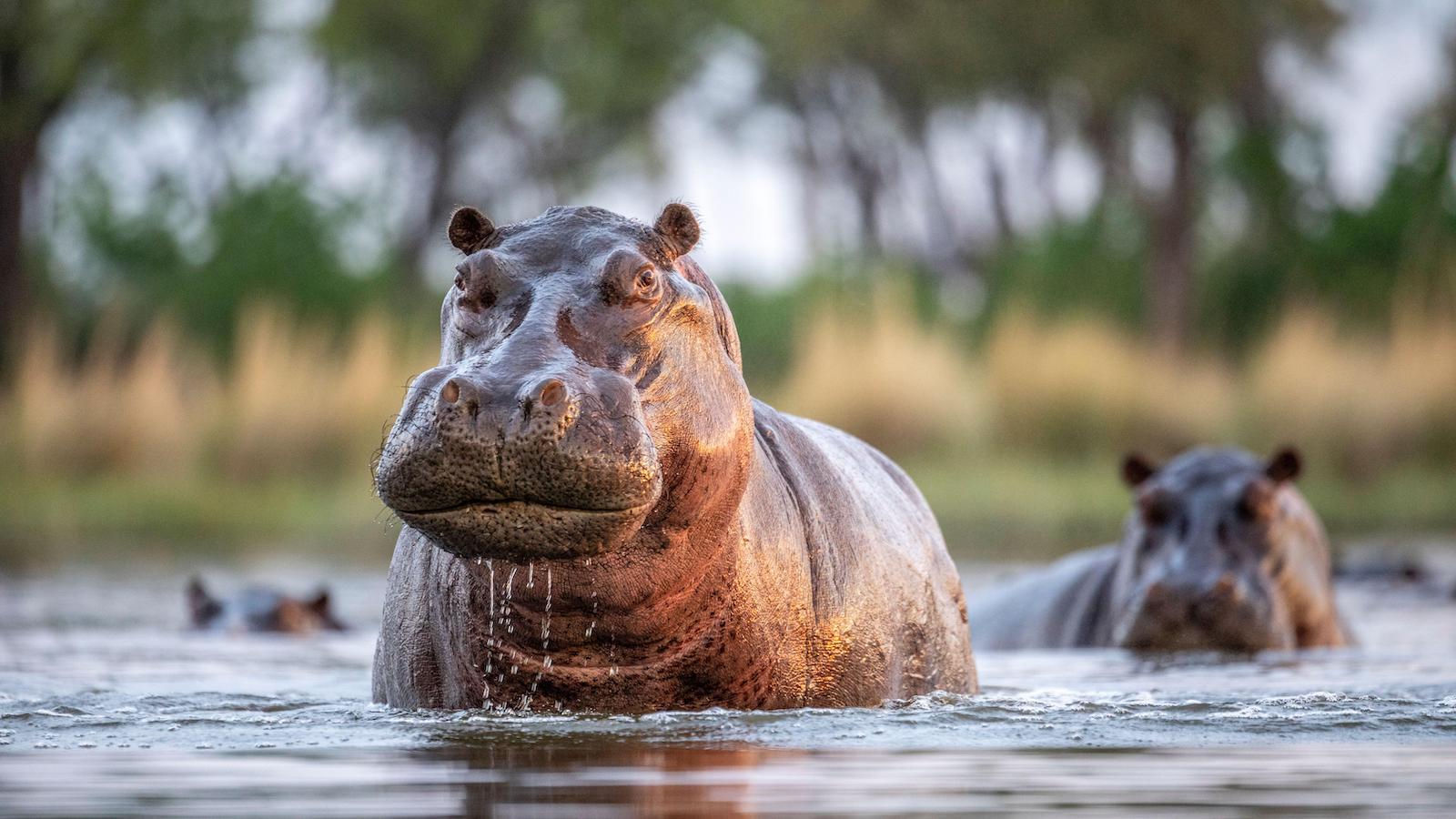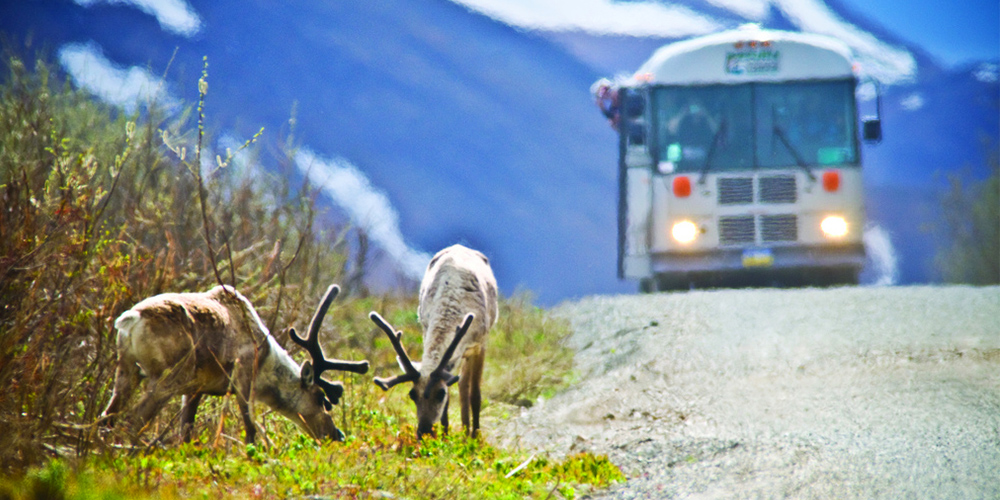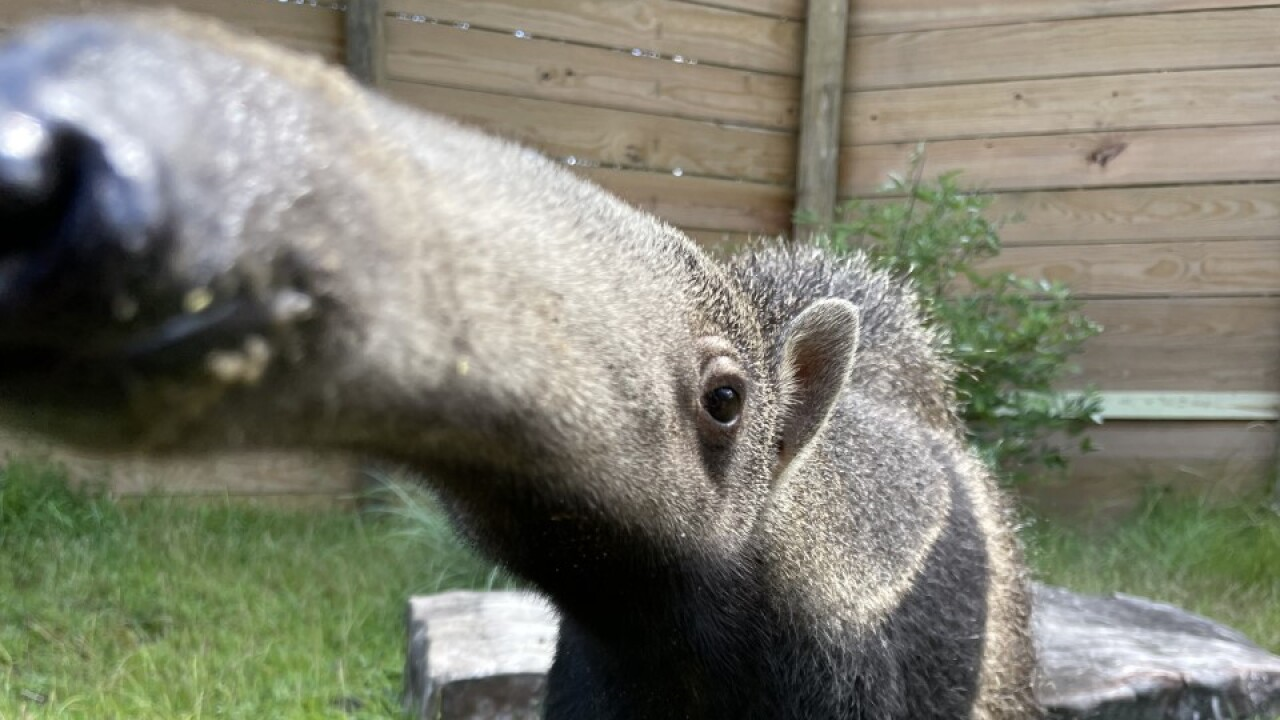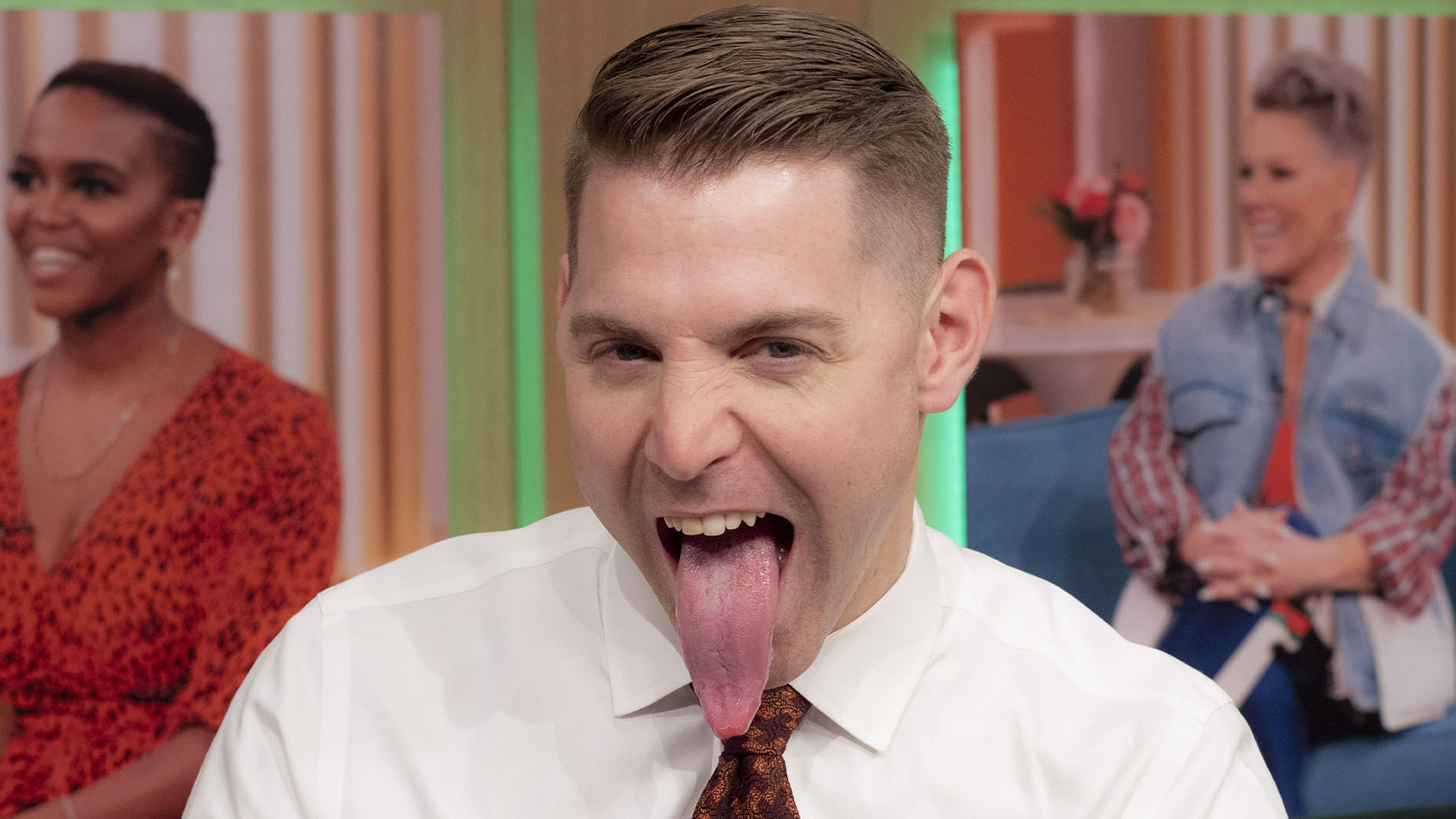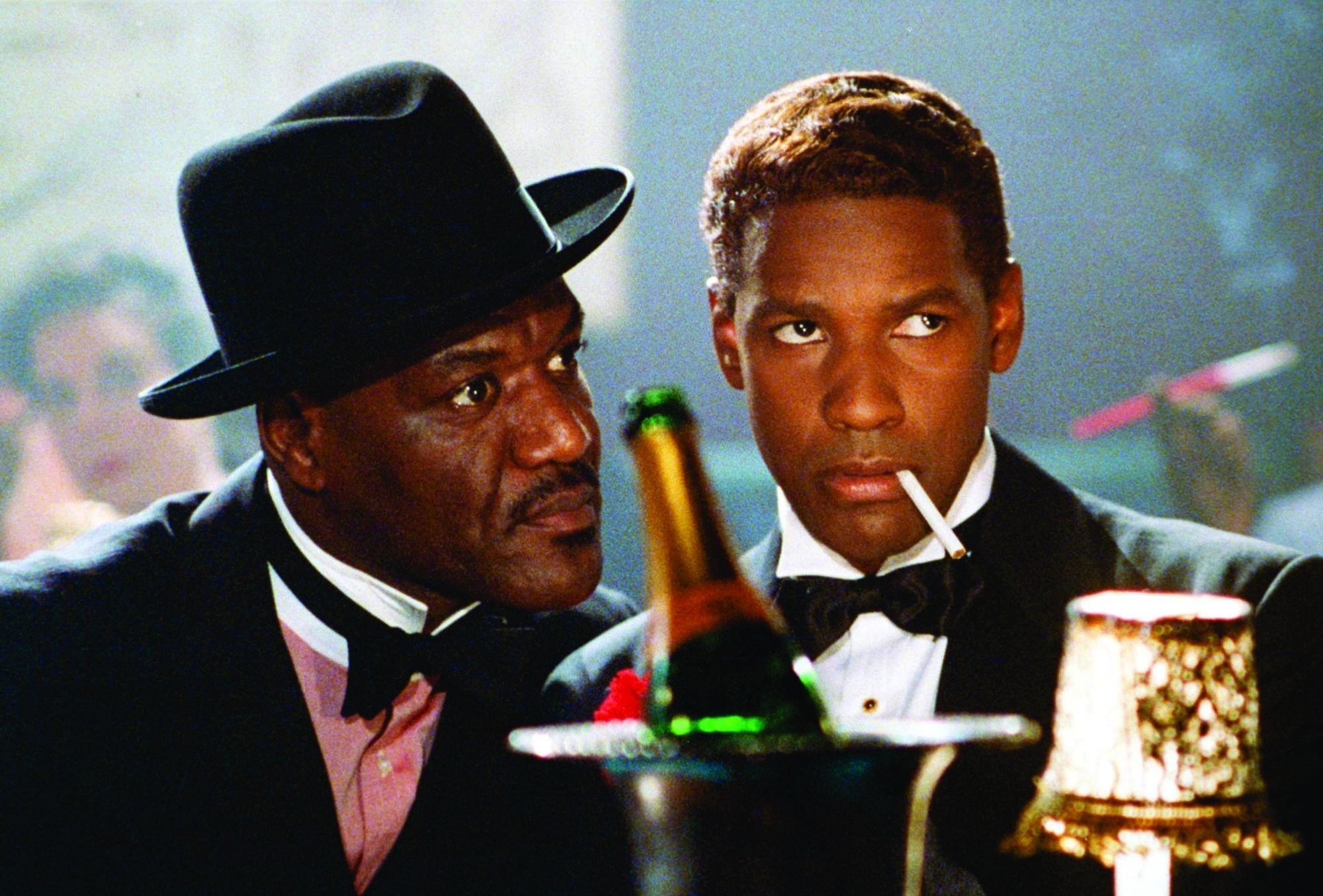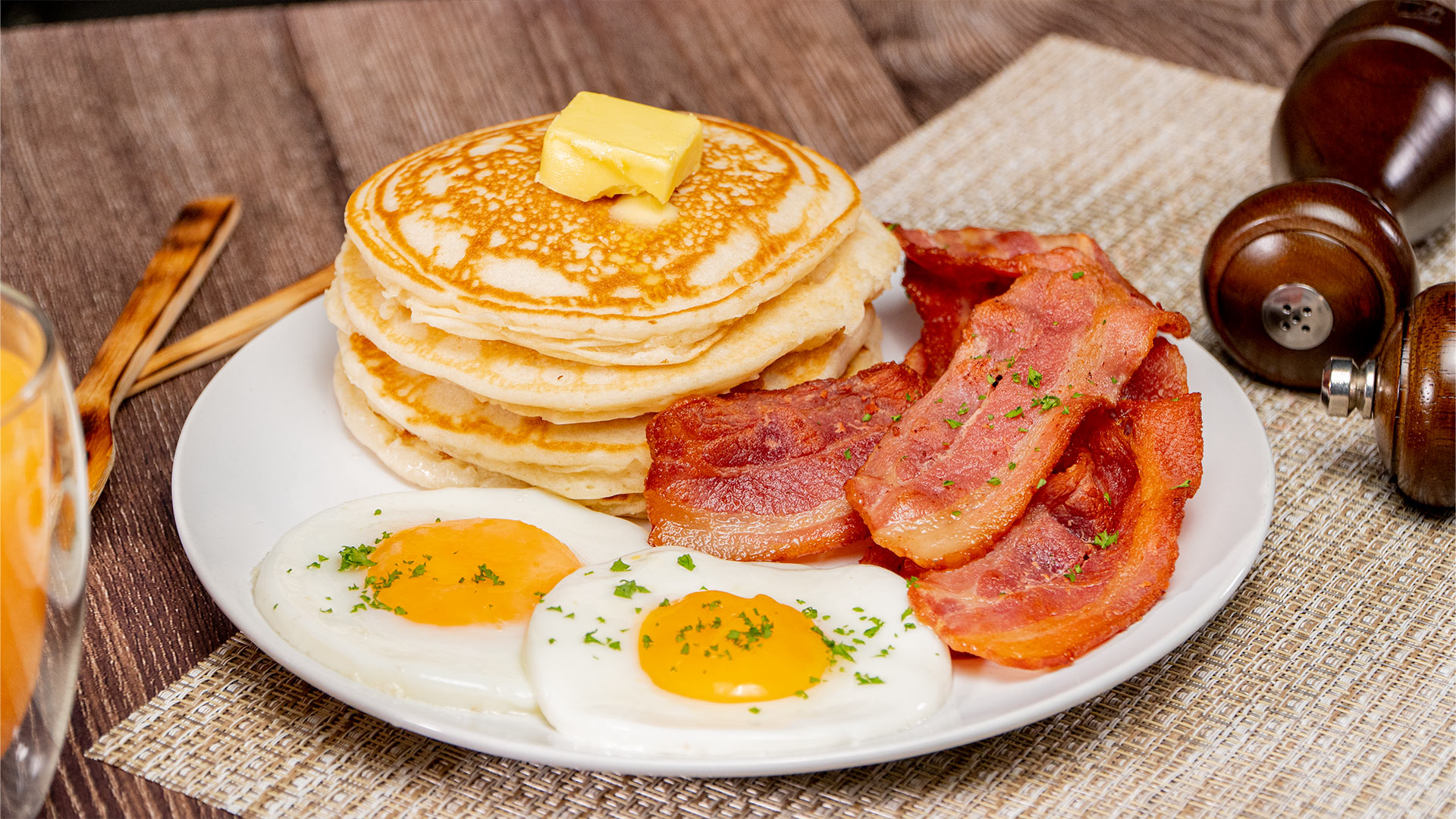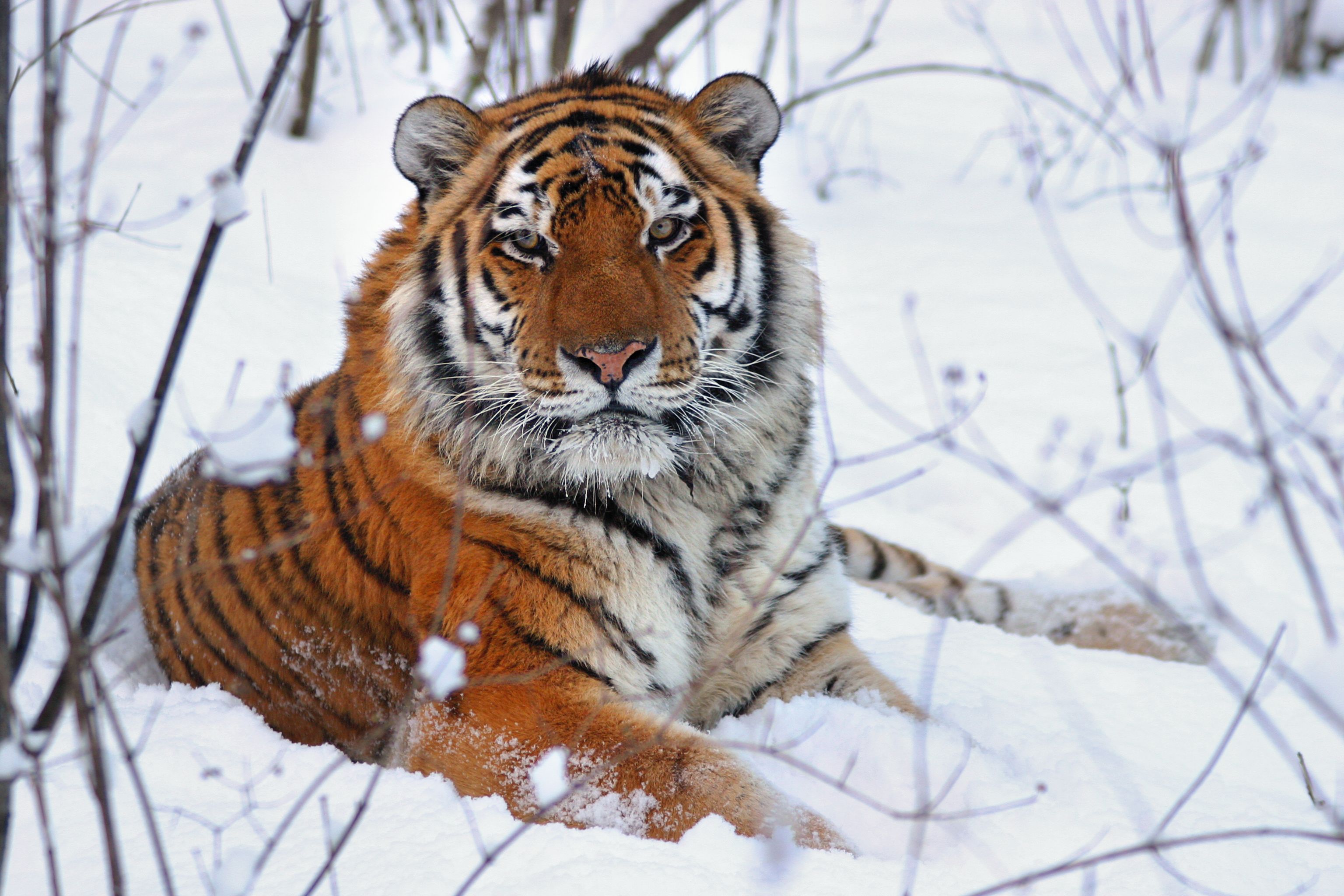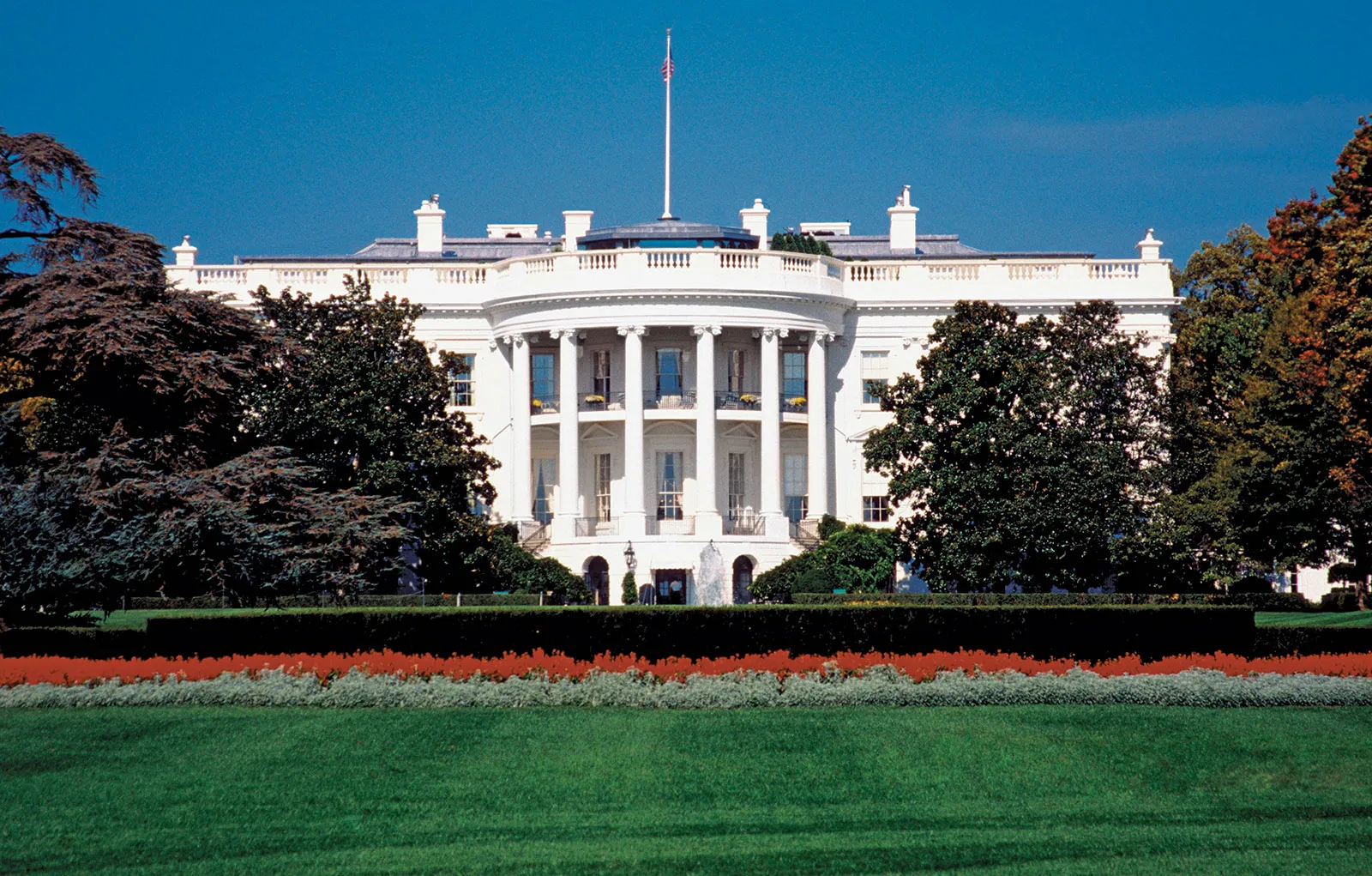-
Bioluminescence: Bioluminescence is a kind of chemiluminescence, which involves a chemical reaction to produce light emitted by different organisms. For example, fireflies, fungi, and some marine animals like fish, bacteria, shrimps, and jellyfish light up the dark spaces with the spark of light from their body..
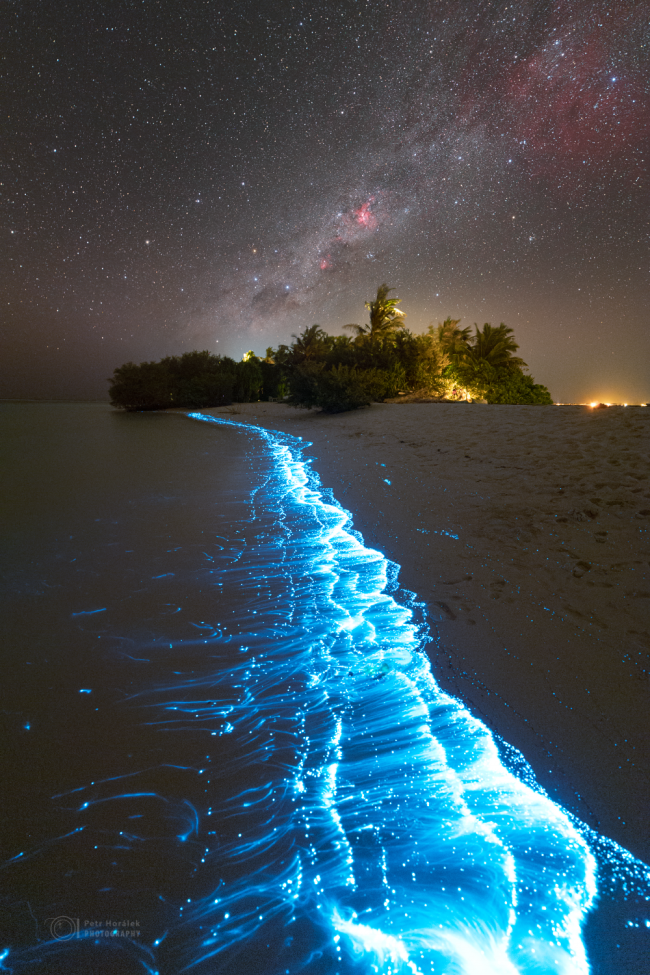
-
Rainbows: Optical and meteorological phenomenon caused by reflection, refraction, and dispersion of light in water droplets. It takes the shape of a multi-colored circular arc.
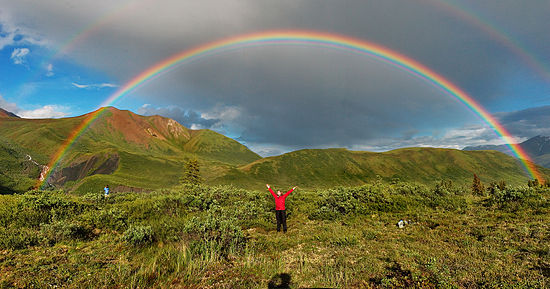
-
Northern Lights (Aurora Borealis): Stunning light displays in the polar regions caused by the interaction of charged particles with the Earth's magnetic field. Those collisions produce tiny flashes that fill the sky with colourful light. As billions of flashes occur in sequence, the auroras appear to move or " dance " in the sky.
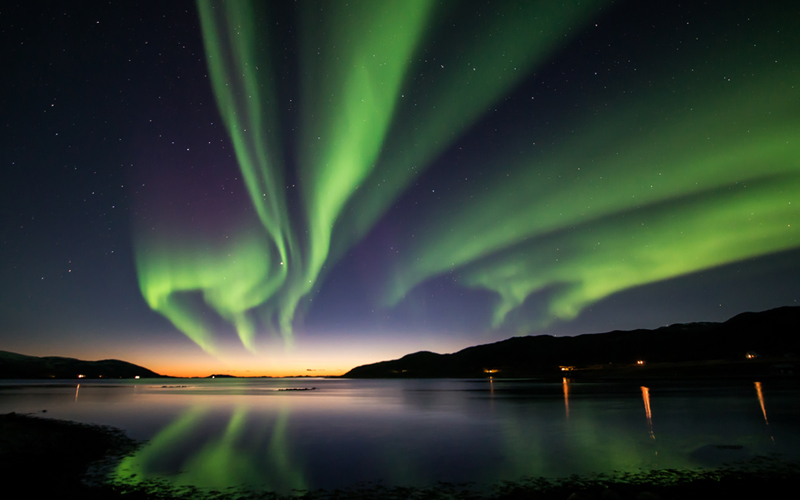
-
Giant Sequoias and Redwoods: Among the tallest and oldest trees on Earth, giant conifers and redwoods grow hundreds of feet tall. They are found mainly in California
Related: What are 10 interesting facts about the world?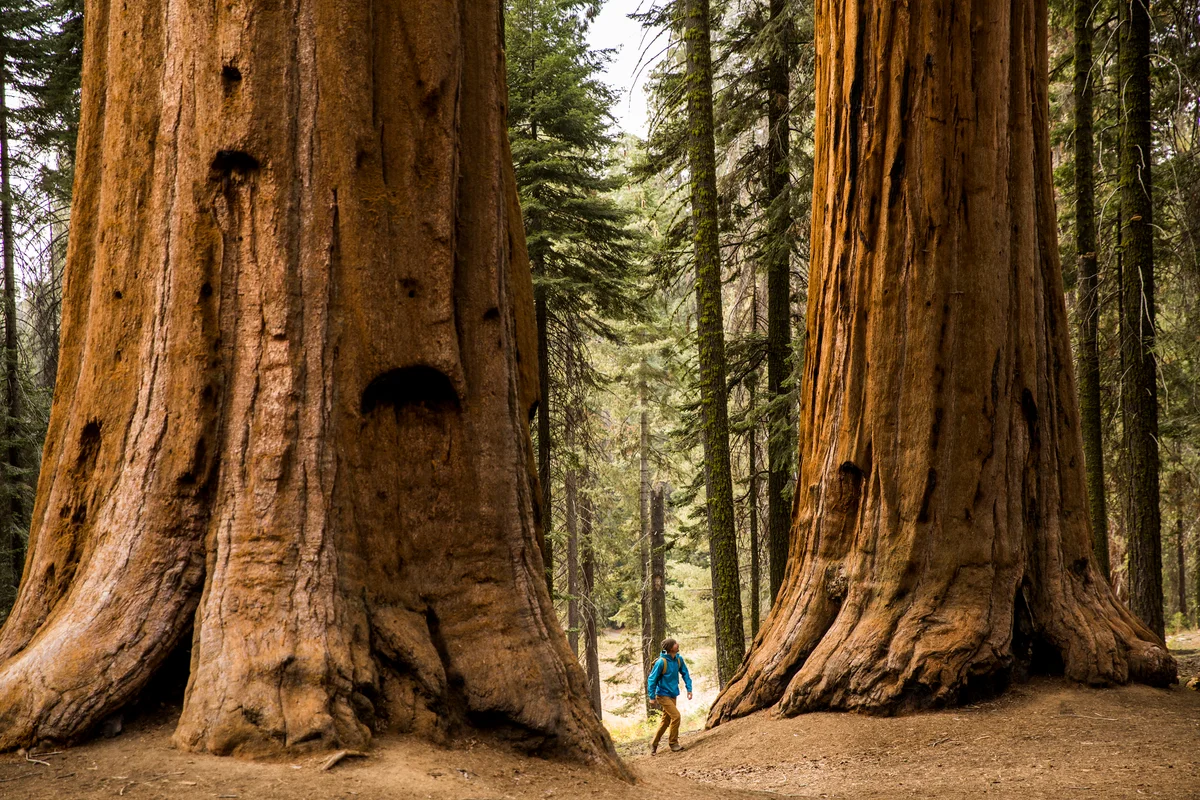
-
The Great Barrier Reef: The world's largest coral reef system, teeming with marine life off the coast of Australia. Satellite photograph of the Great Barrier Reef situated off the northeastern coast of Australia. Stretching for 1,429 miles over an area of approximately 133,000 square miles , the Great Barrier Reef is the largest coral reef system in the world.
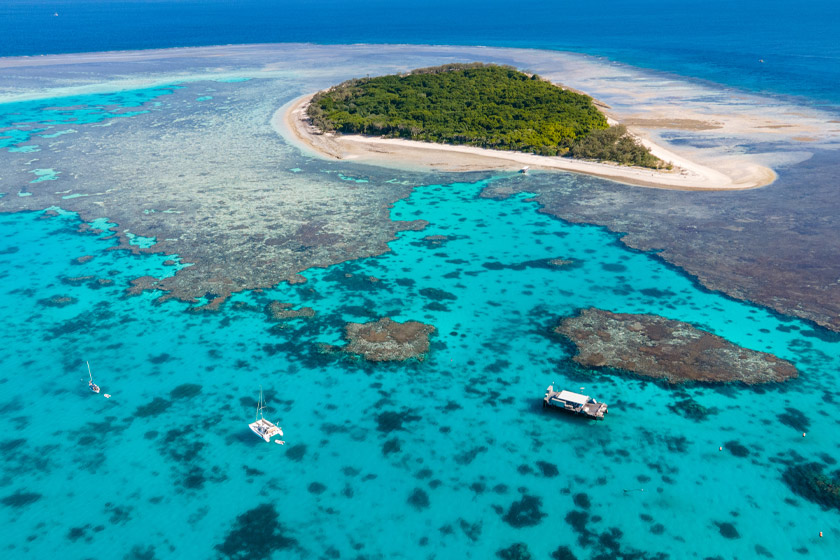
-
Mimicry: Various species use mimicry to resemble other organisms, either for protection or to deceive prey. mimicry, in biology, phenomenon characterized by the superficial resemblance of two or more organisms that are not closely related taxonomically. This resemblance confers an advantage—such as protection from predation—upon one or both organisms by which the organisms deceive the animate agent of natural selection.
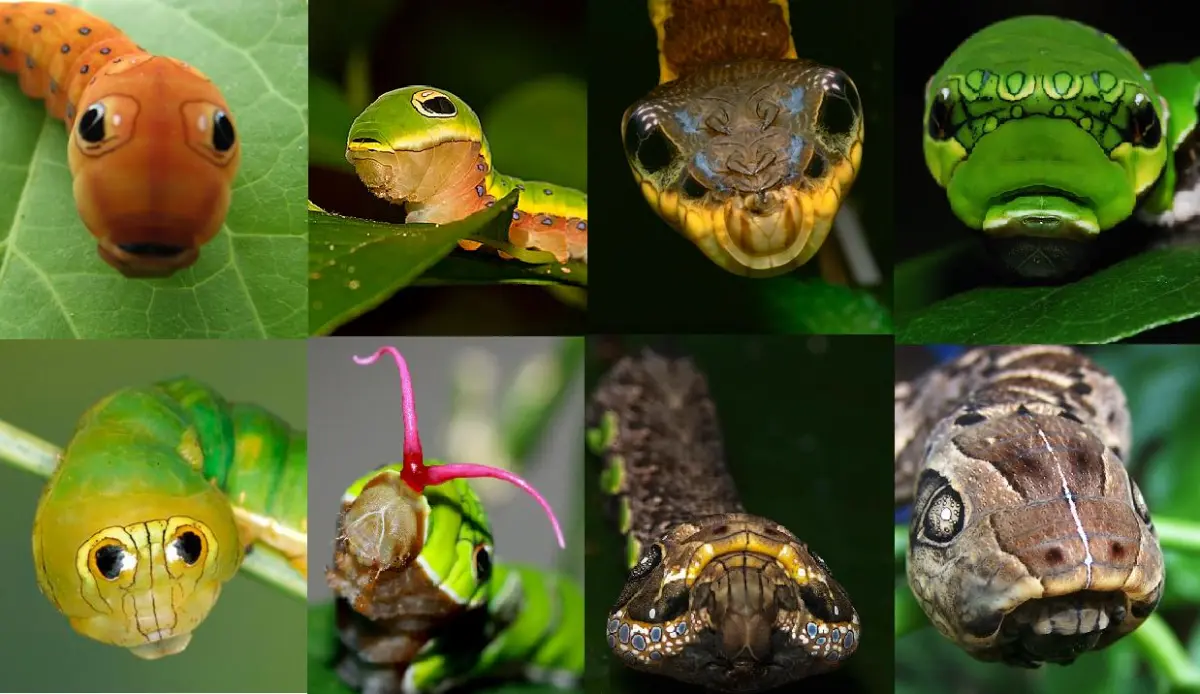
-
Migration: Annual movements of large groups of animals, such as wildebeest in Africa or monarch butterflies. The annual Great Wildebeest Migration is one of the world's most epic events that takes place between Tanzania and Kenya. Over two million animals, wildebeest, zebras and antelope, migrate from the Serengeti National Park in Tanzania to the Maasai Mara National Reserve in Kenya in search of greener pastures.
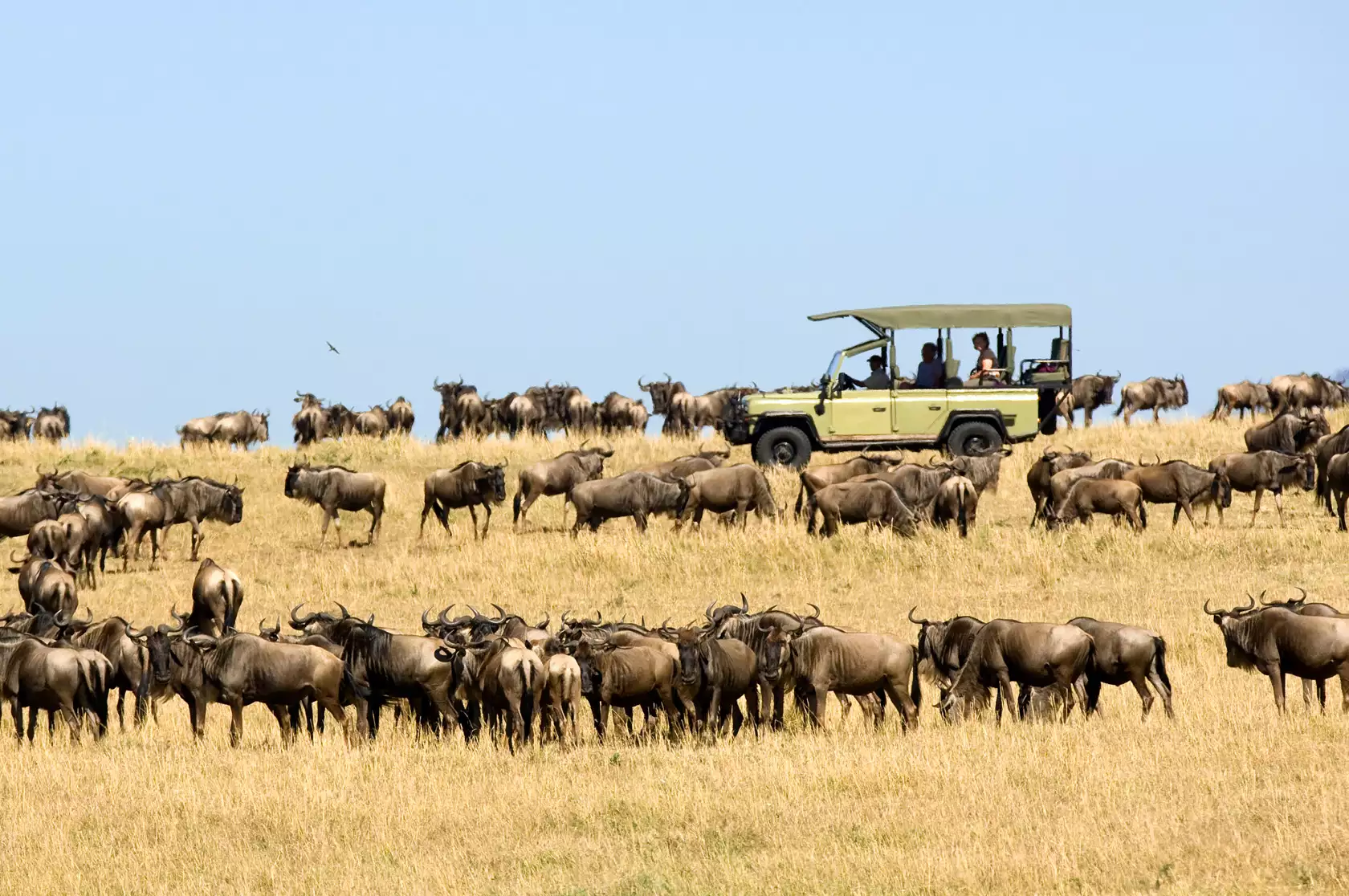
-
Tornadoes: Powerful and destructive rotating columns of air, often associated with severe thunderstorms. Tornadoes are powerful and destructive rotating columns of air that are associated with severe thunderstorms. They are characterized by a visible condensation funnel, swirling debris, and high winds. Tornadoes typically form from large thunderstorms known as supercells, which have strong updrafts and rotation.
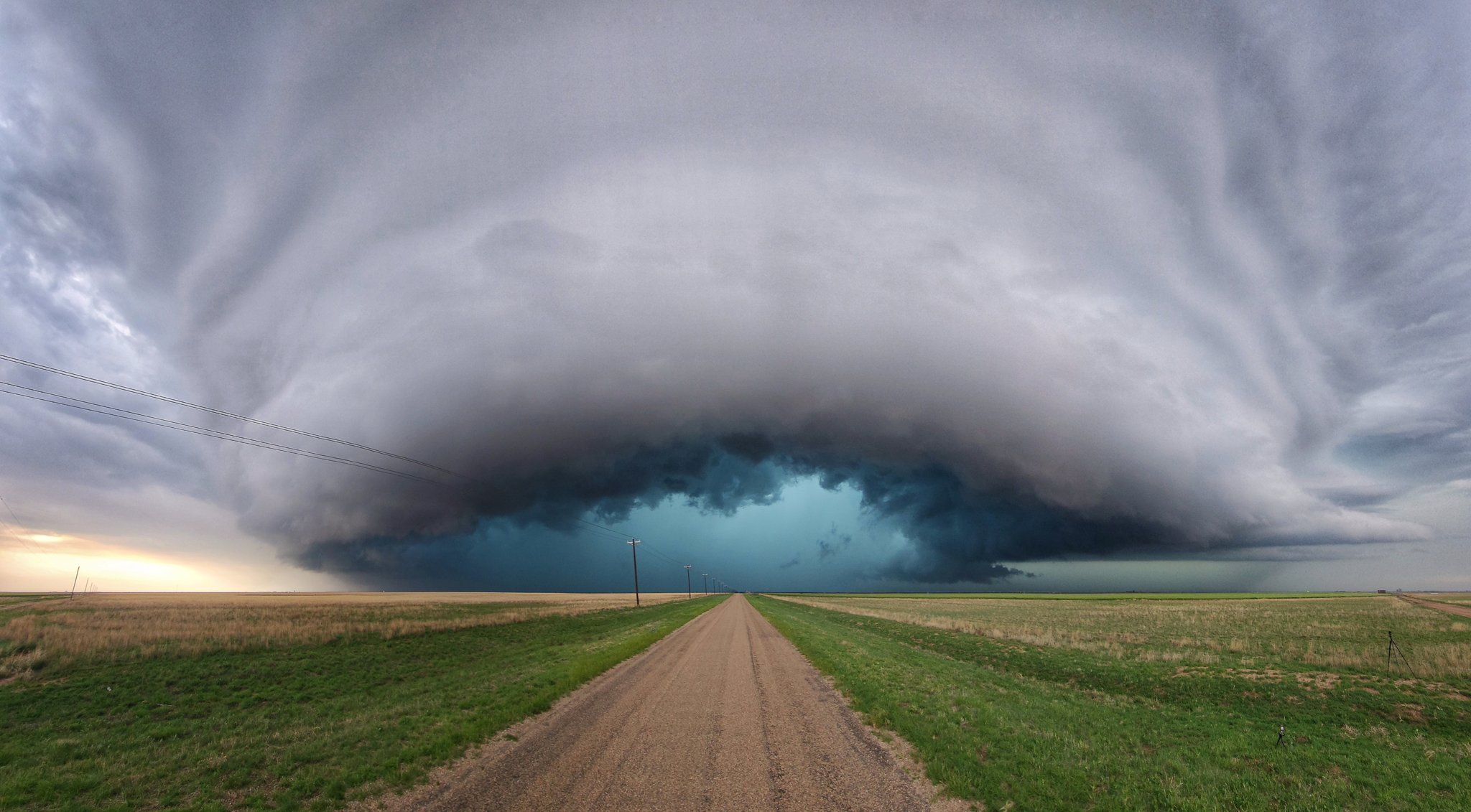
-
Bioluminescent Bays: Bays where the water glows at night due to the presence of bioluminescent microorganisms. The famous bioluminescent bays in the world include three bays in the waters near Puerto Rico, Jamaica's Luminous Lagoon and Halong Bay in Vietnam. Amongst the many wonders that form a part of the planet earth, there isn't anything like Bio Bay, located in Puerto Rico

-
Whale Songs: Complex vocalizations produced by whales, particularly humpback whales, for communication. Humpback whale songs consist of a series of complex vocalizations. These songs consist of units, the shortest audible sound, a series of units making up a phrase, a series of phrases making up a theme, and a series of themes making up a song. An individual song can last up to 30 minutes and be repeated up to 24 hours.

-
Geyser Activity: Natural hot springs that periodically erupt, such as Old Faithful in Yellowstone National Park. Old Faithful Geyser Eruption in Yellowstone National Park at Sunset. Geysers. Geysers are hot springs, just ones with constrictions in their ...

-
The Amazon Rainforest: The largest rainforest in the world, home to an incredibly diverse array of plant and animal species. According to a recent publication by the World Wildlife Fund (WWF), the Amazon rainforest contains about 40 000 plant species, 427 mammal species, 1294 bird species, 378 species of reptiles, 427 species of amphibians, and 3000 species of fish. These are minimum figures as new species are continuously being discovered.
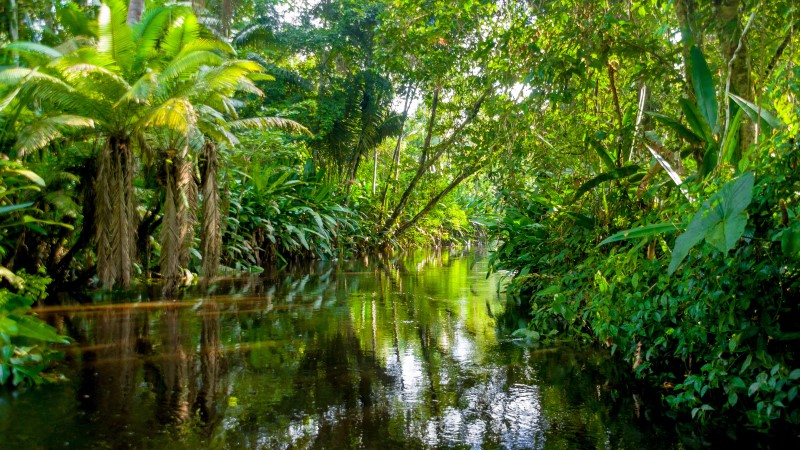
-
Tidal Waves (Tsunamis): Powerful ocean waves caused by underwater earthquakes or volcanic eruptions.
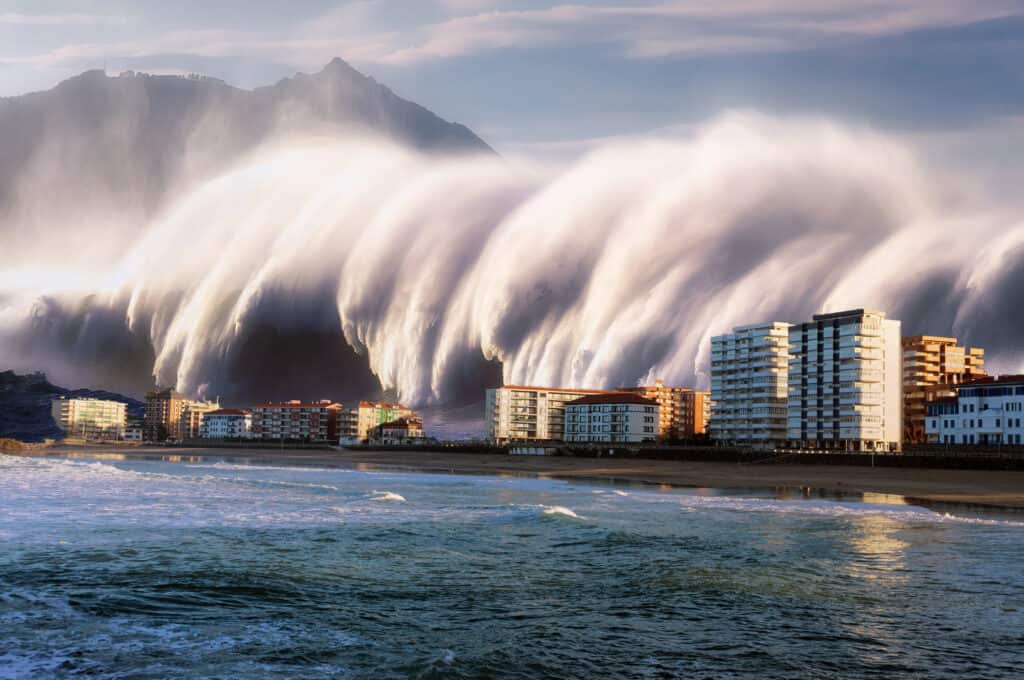
-
Eternal Ice: Icebergs and glaciers, particularly in places like Antarctica and Greenland. Where can you see icebergs in Iceland and Greenland? This guide helps you plan an incredible adventure filled with icebergs, glaciers, and amazing sights.

-
Desert Landscapes: Unique ecosystems and geological formations found in deserts, such as sand dunes and rock arches.
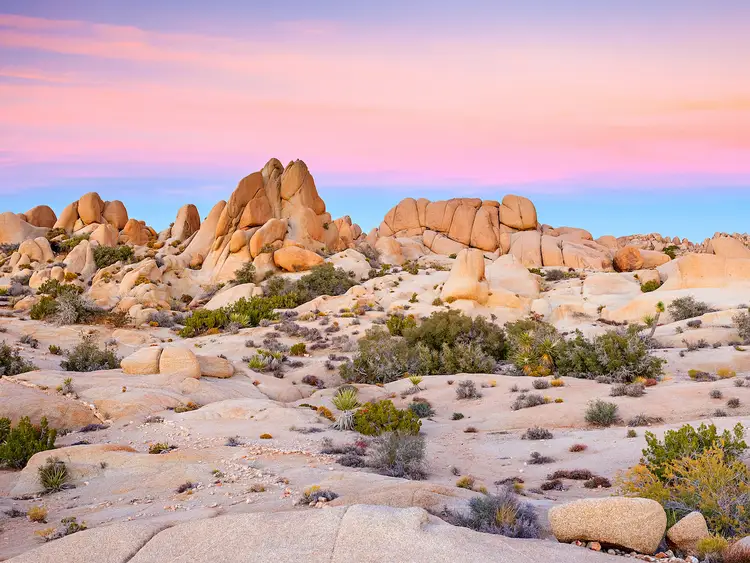
-
Caves and Karst Formations: Underground systems with stunning stalactites, stalagmites, and other geological features.
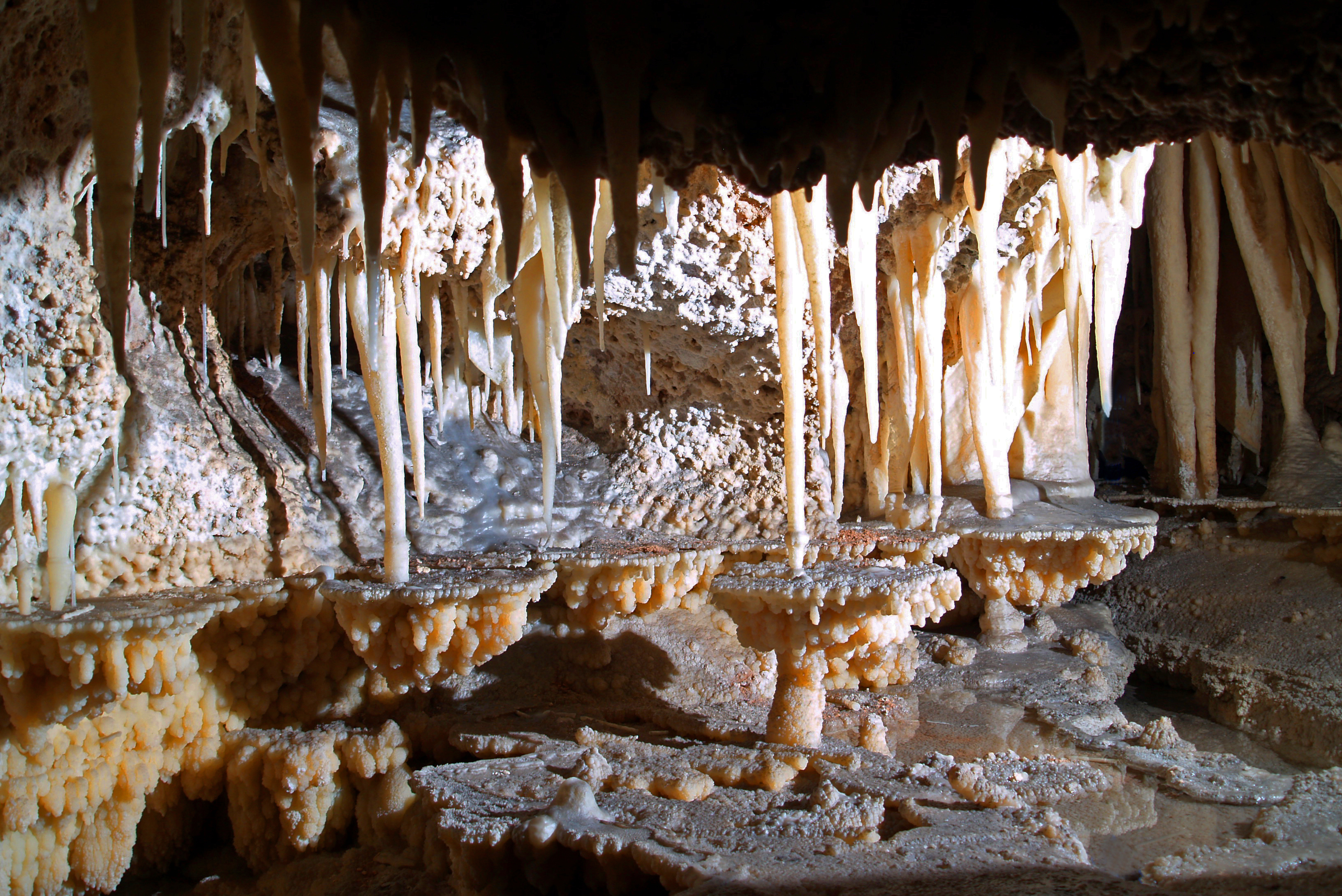
-
Coral Atolls: Ring-shaped coral reefs that encircle a lagoon, often found in tropical ocean waters.
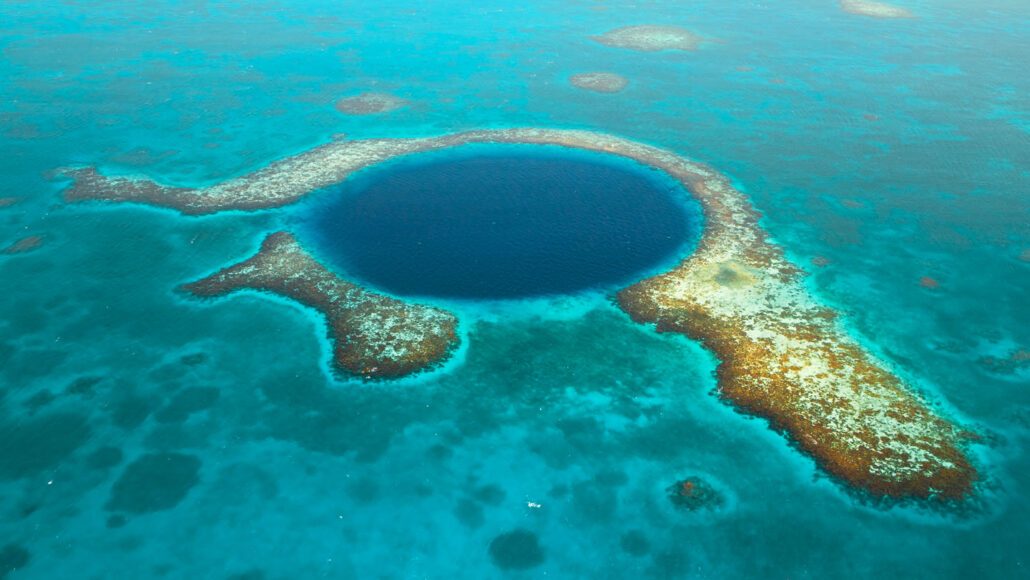
-
Monoliths: Massive and solitary rock formations, such as Ayers Rock (Uluru) in Australia.
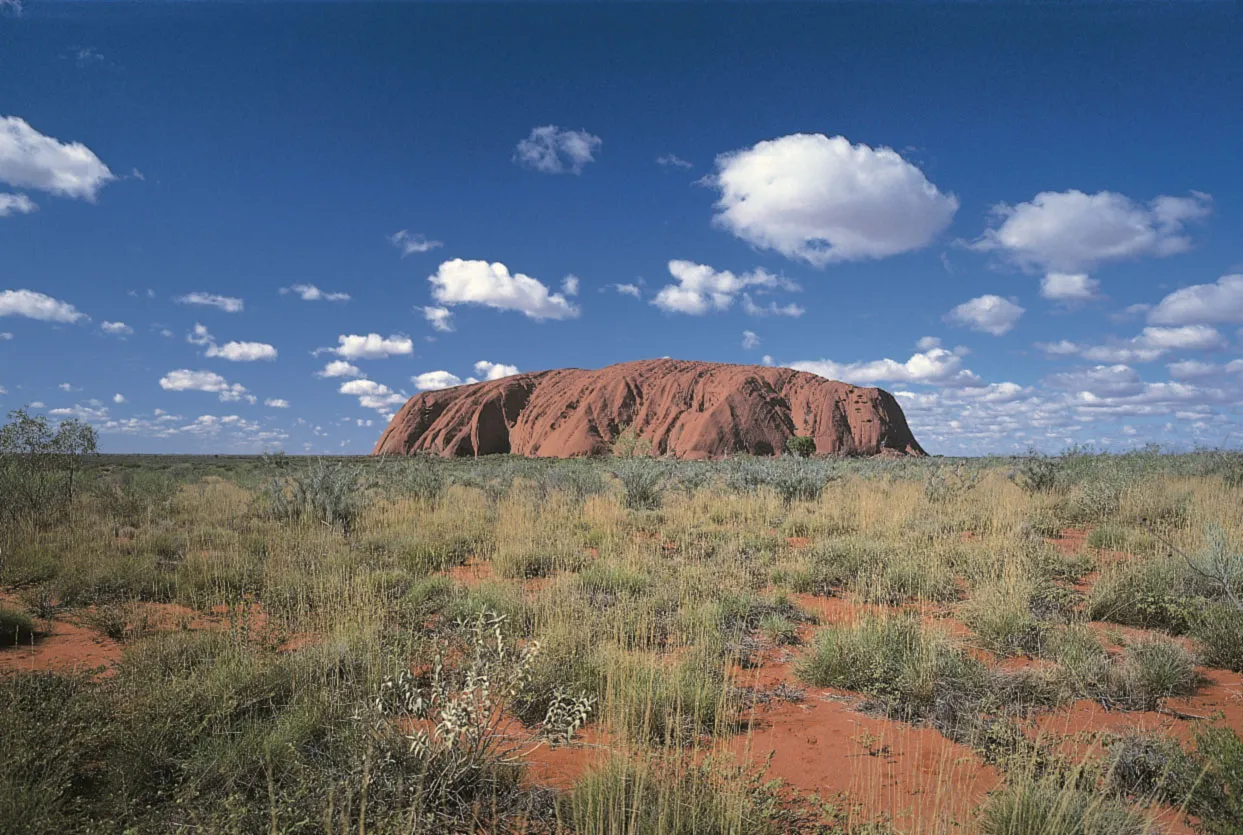
-
The Sahara Desert's Sand Dunes: Gigantic sand dunes, some of which can reach hundreds of meters in height.
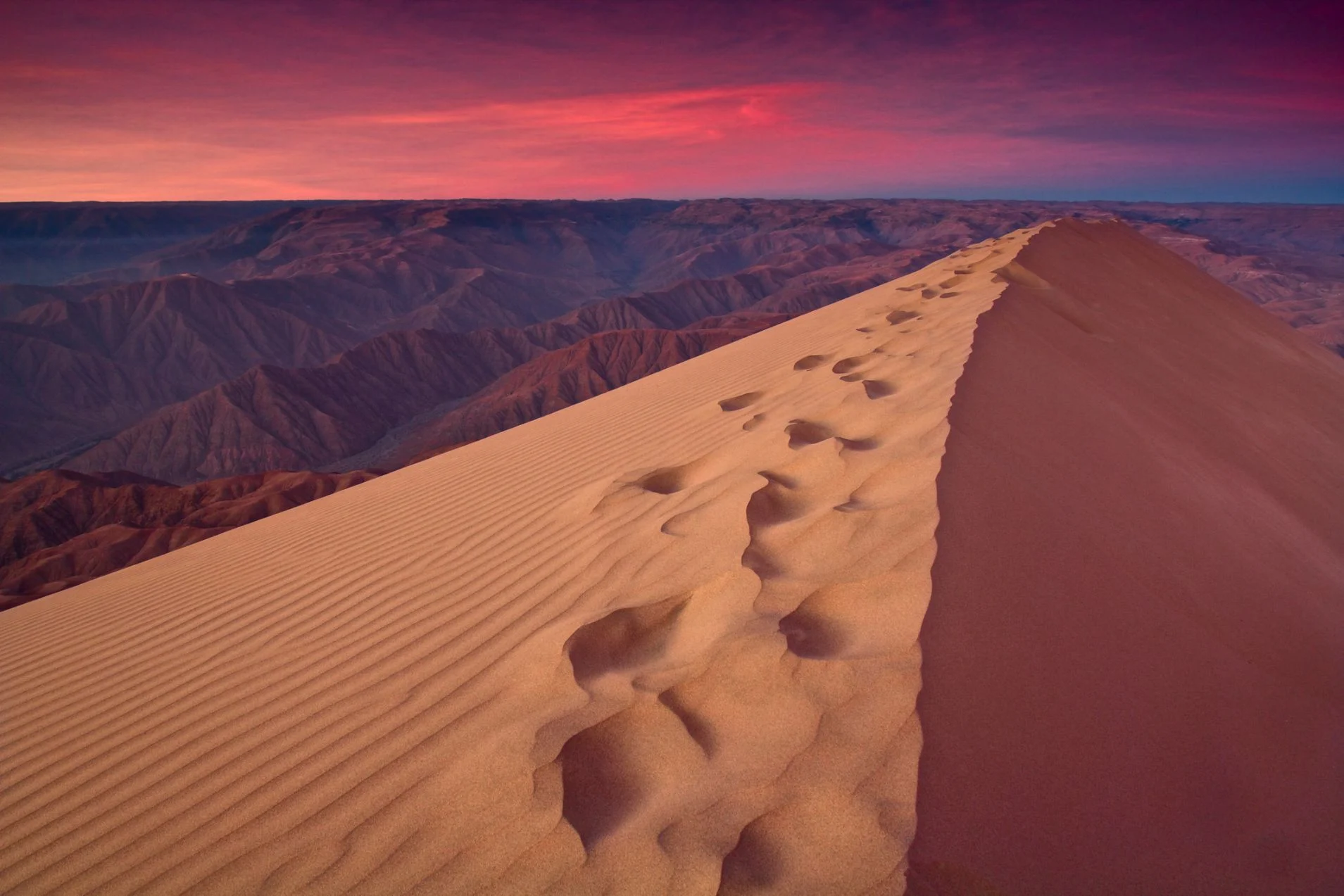
-
Ice Caves: Caves formed within ice, often in glaciers, with unique structures and colors.
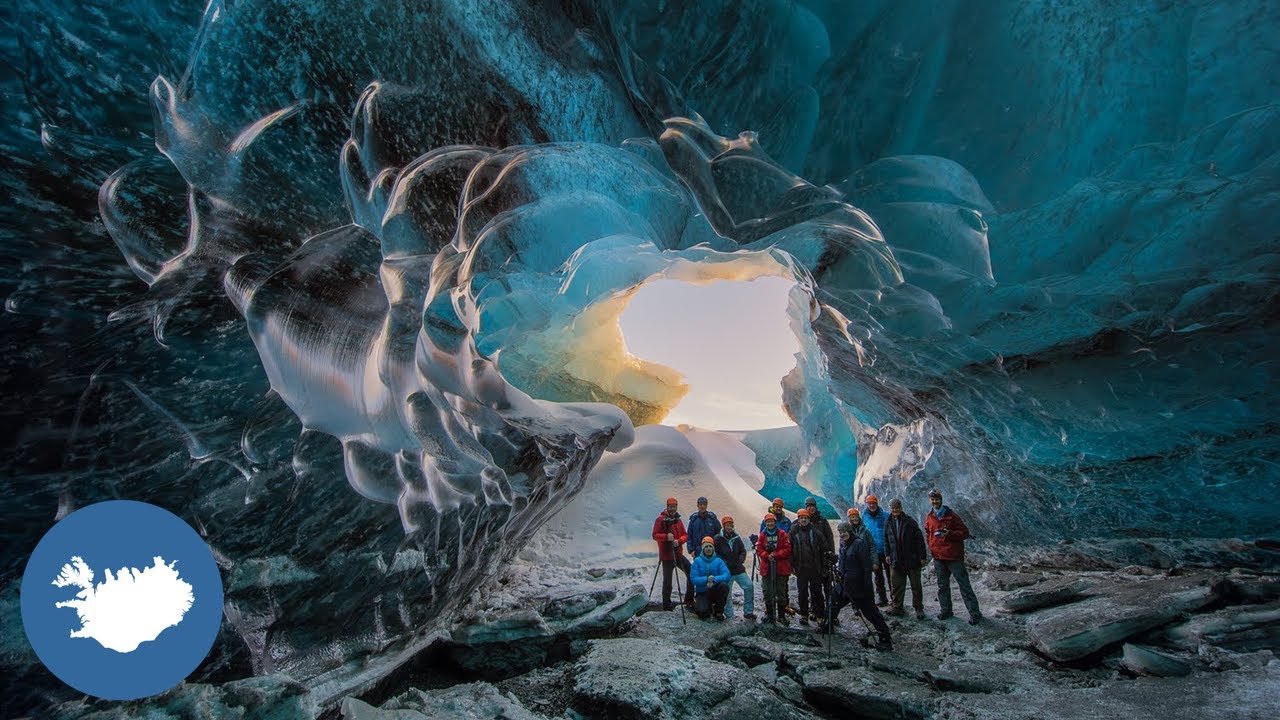
These are just a few examples of the incredible wonders found in the natural world, showcasing the beauty, diversity, and complexity of our planet.
